
Are you teaching young students about paleontology, dinosaurs, fossils, or other animals related to the Mesozoic era? Do you need tips for talking about early birds, dinosaurs, middle life, or mammal-like reptiles? If so, we have you covered! In this post, you’ll find a few tips for teaching kids about paleontology, a dinosaur-themed vocabulary list, and 15 clipart images you can use in your lesson plans!
In this post:
- 5 Tips for Teaching Kids About Dinosaurs
- 3 Types of Paleontology to Explore in the Classroom
- Vocabulary Terms Related to the Mesozoic Era (Grade 1-7)
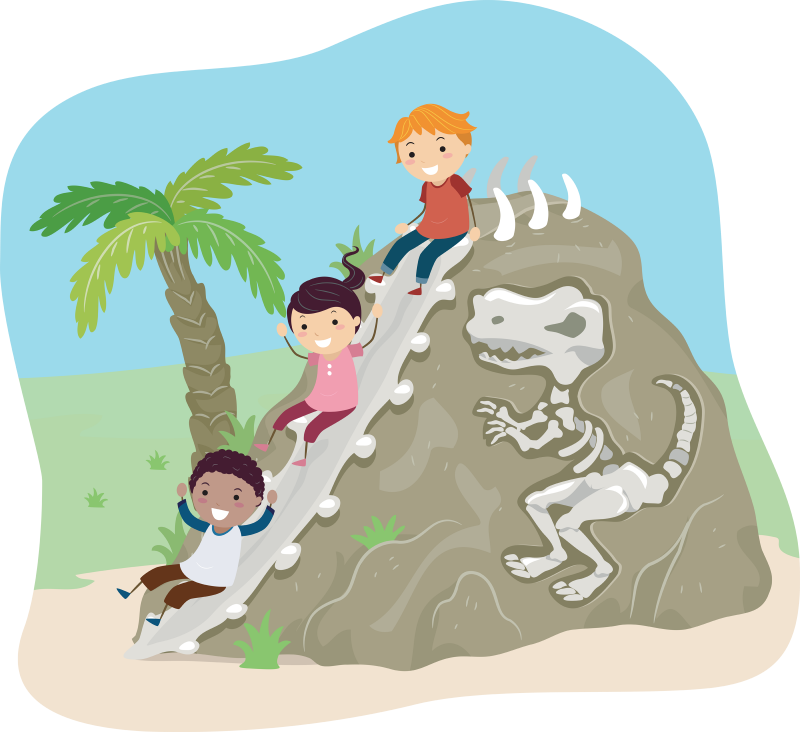
Tips for Teaching About Kids About Paleontology and Dinosaurs
According to National Geographic, paleontology can be defined as “the study of the history of life on Earth as based on fossils. Fossils are the remains of plants, animals, fungi, bacteria, and single-celled living things that have been replaced by rock material or impressions of organisms preserved in rock.”
While it is a complex subject matter, paleontology is a fascinating topic to share with students of all ages – particularly young students who have vivid imaginations and who are often interested in dinosaurs. Are you planning a dinosaur-themed lesson plan? Want to share information about the Mesozoic era with your students or home-schooled children? Keep reading! Below you’ll find a few tips to aid in teaching young children about dinosaurs and fossils.
🦖Tip 1: Read Books About Dinosaurs & Other Animals From the Same Era
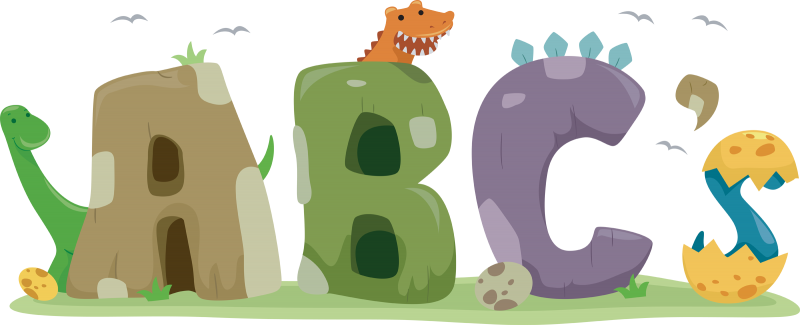
Literature can be an excellent resource for information about the Mesozoic era and the animals that existed during that period. From helping to establish a geologic timeline to providing details on Earth’s climate during the Jurassic and Cretaceous periods; books can be beneficial to teachers with lesson plans on Earth Science.
🦖Tip 2: Encourage Artistic Expression

Art can be incorporated into a variety of lesson plans concerning dinosaurs, fossils, and other aspects of paleontology. Teachers can use imagery to reinforce the information presented about various geologic periods or encourage students to create their works of art.
If you want to keep kids engaged in the lesson, we encourage doing the latter. Ask your students or homeschooled children to draw dinosaurs! Most children will be excited about the opportunity to draw a tyrannosaurus rex or flying reptiles – and you should amplify their creative energy while providing factual information about dinosaurs, fossils, and how the Mesozoic era ended.
Our advice? Guide children through a drawing or painting. Ask them to identify and create a picture of a specific dinosaur. In addition to drawing the dinosaur, encourage the child to draw its habitat as well and something for it to eat. This type of creative lesson will help you gauge the child’s understanding of the Jurassic period and assist with their fine motor skills; all while encouraging artistic expression.
🦖Tip 3: Use Field Trips to Facilitate Learning Experiences
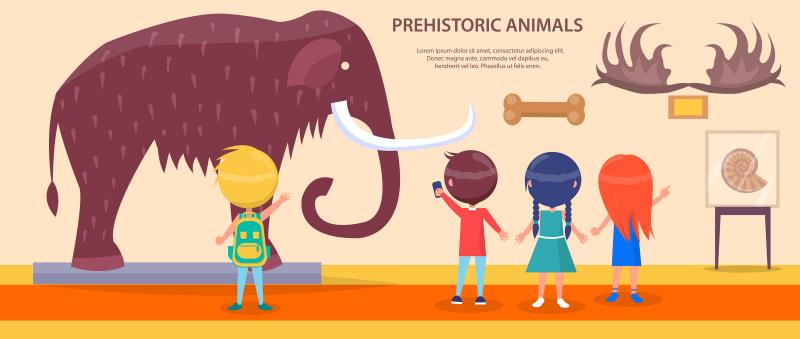
Looking for ways to expand a child’s understanding of dinosaurs, fossils, and other aspects of the Mesozoic era? Consider taking your class or group of home-schooled children to a local science museum that has a fossil exhibit. A quick internet search should yield the nearest dinosaur-themed or prehistoric animal exhibitions in your area. And from there, you can plan your experience.
If you don’t have luck at the local museums, check with zoological parks as well. Some of them, such as the Detroit Zoo, are prone to have the occasional dinosaur exhibition from time to time. Experiencing such an exhibition, firsthand, can help students get a sense of the scale of these wondrous creatures.
🦖Tip 4: Review Concepts Instead of Statistics

The earliest dinosaurs existed tens of millions of years ago. And while that is an interesting fact to share with your class, it may not be important to focus on the details, depending on the age of the students that you’re instructing. For young learners who are just being introduced to ideas around Earth science, it might be more beneficial to focus on concepts rather than statistics or numerical-based facts; as those tend to be overwhelming for students to grasp.
Instead, spend time and energy making sure your students take away core concepts from the lesson plan on this unique era. Below are a few concepts that children of various ages can grasp.
- There is a natural food chain. Some animals eat plants to survive and some consume other animals as their source of energy.
- Animal offspring often resemble their parents and are born with instincts.
- Volcanic activity occurs in many parts of the world. Volcanic eruptions can be dangerous for animals and plant life.
- Dinosaur fossils help us understand how big the first dinosaurs were, what they ate and how they survived during the Jurassic time period.
🦖Tip 5: Introduce the Ideas of Evolution and Mass Extinction Early On
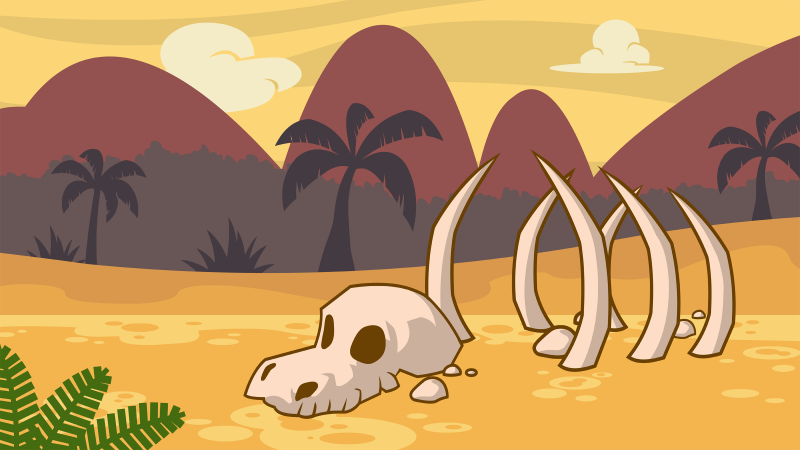
There are many living animals that resemble their prehistoric counterparts. So, it’s important to introduce and explain the concepts of evolution and mass extinction to your students early on.
These concepts can be rather complex for small children, however, it is possible to get your point across and effective imbue students with the knowledge they need to understand the Jurassic period of the Mesozoic era.
This aspect of your lesson plan can be achieved by using visual aids – such as photographs, infographics, and clipart images – to create a visual comparison between extinct animals and the living animals that their species evolved into. For instance, one could point out the similarities between a pterosaur and the modern-day pelican. Or one could discuss the similarities and differences between a wooly mammoth and an elephant. No matter the reference used, these associations can help children establish a baseline understanding of evolution and extinction.
3 Types of Paleontology to Explore in Your Classroom
- Vertebrate Paleontology
- Invertebrate Paleontology
- Paleobotany

According to research conducted by the National History Museum, vertebrate paleontology can be defined as “the study of ancient animals that have a vertebral column including fish, amphibians, reptiles, birds, and mammals.”
In contrast, the Florida Museum describes invertebrate paleontology as “the study of fossil animals that lack notochords (non-vertebrates).”
Meanwhile, paleobotany can be explained as the scientistic study of plant fossils or ancient botanical organisms.
All three branches of paleontology can be used in a lesson plan to give a comprehensive overview of what a paleontologist does and the importance of fossils for understanding evolution and Earth’s rapid diversification.
Mesozoic Era Vocabulary Words for Grades 1-7
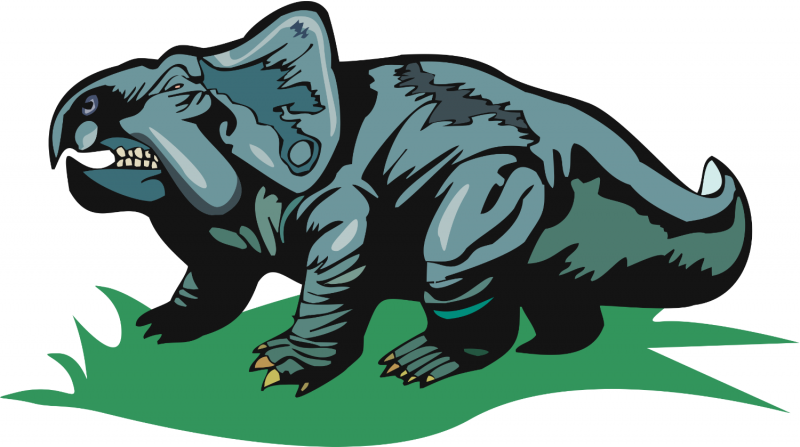
Searching for words you can use for future spelling tests or word search puzzles? If you’re discussing the details of dinosaurs, fossils, or anything related to paleontology; this list is for you! Below, you’ll find 30 vocabulary terms related to dinosaurs.
- archaeology
- archosaurs
- bipedal
- carnivore
- cave
- cretaceous
- dinosaur
- discovery
- earth
- eoraptor
- evolution
- extinction
- fossil
- genus
- herbivore
- iguanodon
- jurassic
- kentrosaurus
- lizard
- lava
- mammal
- mammoth
- megafauna
- meteorite
- mesozoic era
- neanderthal
- paleontologist
- phytosaur
- predator
- unearthed
How to Use this Teaching Resource:
- Use words from this list in a word bank on crossword puzzles or word search activity sheets.
- Test your students’ ability to memorize and spell these complex terms properly by using this list for your next spelling test.
- Define these terms and create a glossary for your students to hone by the end of your Mesozoic era-themed lesson.




